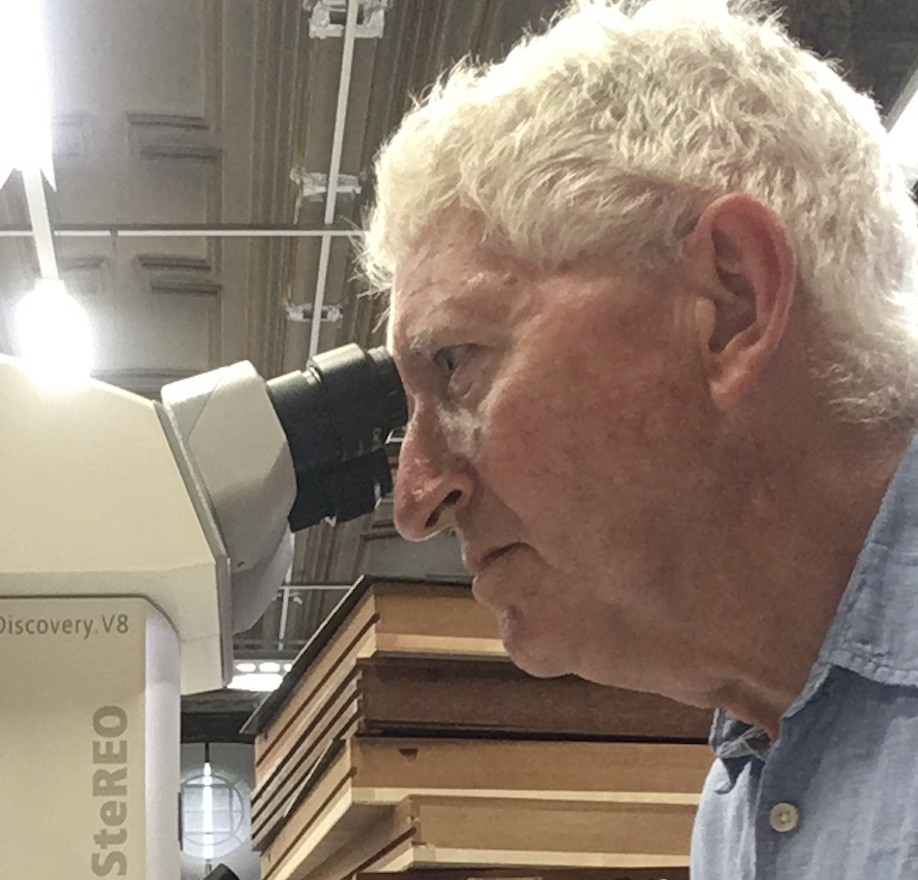In a bumblebee nest, a single fertile female, the queen, dominates the infertile female workers using a chemical scent – pheromone – identifying her as the egg-laying mother of them all.
Usually, all proceeds peacefully, but in some cases an intruder queen kills the nest’s matriarch and takes over.
This is intuitively understandable within a species. Cuckoo bumbles, though, specialise in usurping the queens of other species.
The cuckoo queen usually targets a host species of similar size and colour patterns, though dominion is almost certainly olfactory.
More articles on bees:
Based on the few recorded observations of the phenomenon, it seems that a queen cuckoo insinuates herself into a deep recess of the target nest for some days, perhaps to acquire the characteristic nest scent.
When she makes herself known to the host bees she is met with aggression; however, she usually succeeds in destroying the host female.
Resident workers may maul the usurper for a few days but eventually acquiesce, suggesting that subtle chemical adoption into the nest is taking place.
The cuckoo queen lays only male and queen eggs – she has no need of a worker caste of her own offspring because her victim’s daughters do all of the foraging and nesting work for her.
Similarly, she has no pollen baskets (corbicula) on her back legs because she never needs to undertake the unseemly drudgery of foraging pollen for the first generation of workers.
Do you have a wildlife question you’d like answered? Email your question to wildquestions@immediate.co.uk or post it to Q&A, BBC Wildlife Magazine, Immediate Media Company, Eagle House, Bristol, BS1 4ST.
Main image: Queen cuckoo bumblebees take over the nests of other bumblebee species. © Hans Lang/Getty
